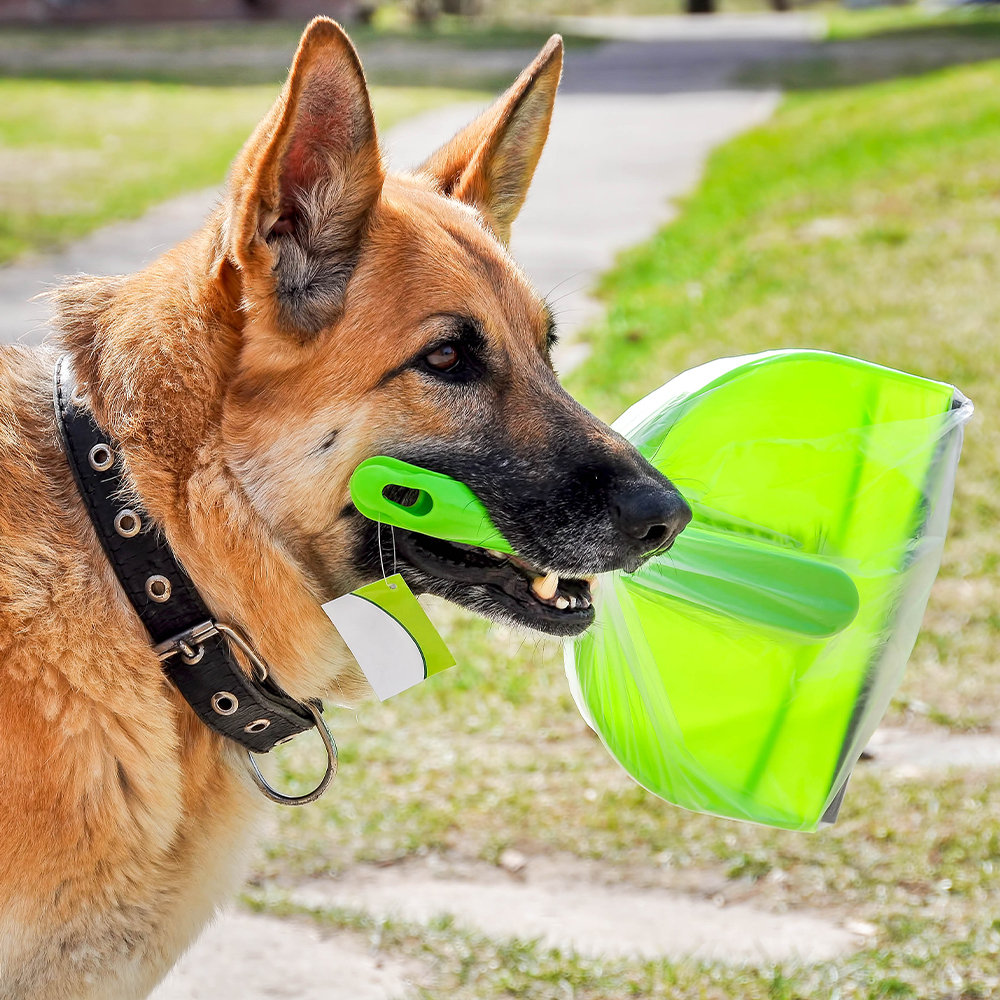An Effective Dog Waste Management Program
Posted by Bob Wilson on Nov 1st 2022
Establishing a dog waste management program is essential to the health and well being of people, animals, and the environment alike. Because dog owners and dogs are everywhere today, this is everyone's concern. Education and proper methods of disposal are key to a successful dog waste management program.
Dog waste, when improperly disposed of, can cause severe harm to any body of water. Stormwater runoff picks up the waste and washes it into storm drains. Because storm drains don't always connect to water treatment plants, this waste is sometimes deposited right into our rivers, lakes, and streams. The fecal coliform bacteria found in dog waste can cause dangerous and unhealthy swimming conditions. Furthermore, the nutrients in dog waste accelerate algae and weed growth, transforming otherwise beautiful bodies of water into green and unsightly bodies of water.
Untreated dog waste also contains bacteria, viruses and parasites that can be transmitted to humans and animals. Rats and other vermin, which view dog feces as a food source, are also attracted by dog waste. Making things even worse, these rats and vermin spread more bacteria and parasites.
Education and proper disposal can reduce the harmful effects of dog waste. Signage, literature distribution and dog waste stations along with dog waste bags helps dog owners to be aware of the dangers dog waste poses, but also provides them with the proper tools for combating this problem.
These simple tactics will result in cleaner, safer parks and neighborhoods as well as a effective pet waste management program.



